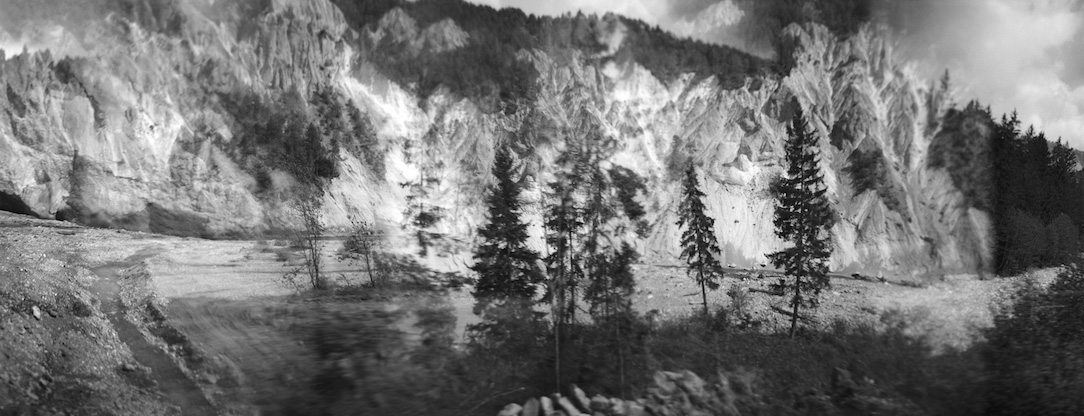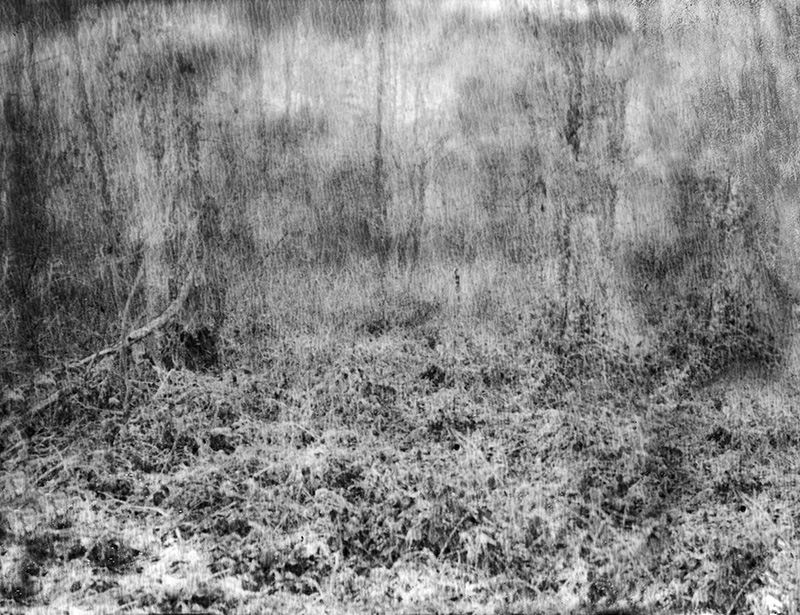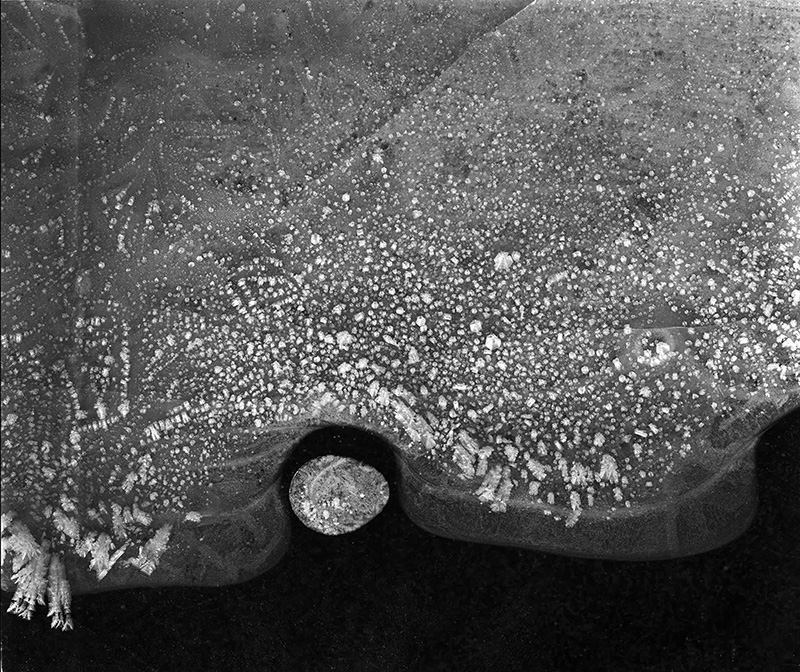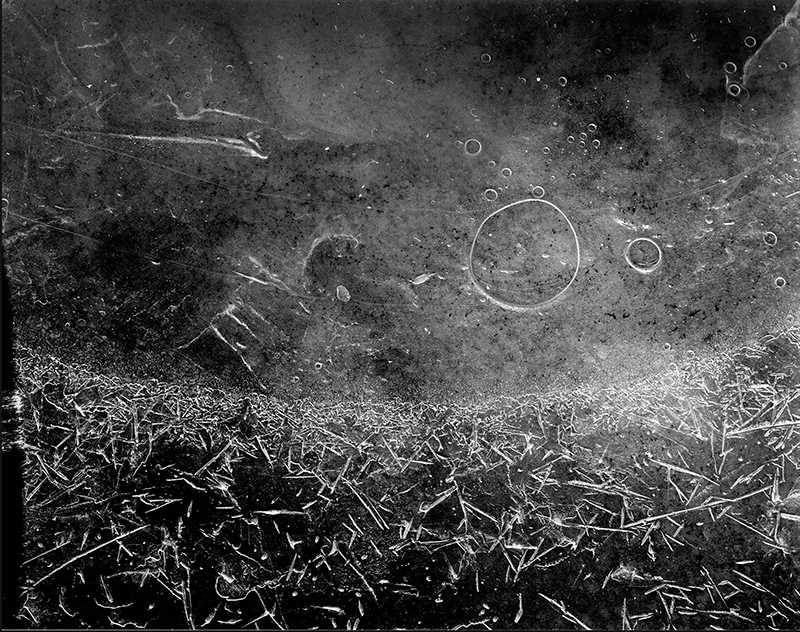EXPOSITION
ZONES
ESTER VONPLON
FABRIKculture Hégenheim
Inspirée par le film Stalker, Ester Vonplon a crée un agencement inédit réunissant de nouvelles images quasi abstraites mais aussi des images extraites de la série
Cudesch da Visitas (2006-2007) (« livre d’or » – en romanche). A l’instar du
Stalker - ce passeur qui est à l’écoute de la nature, de l’eau, de la mousse, du bruissement dans les herbes, Ester Vonplon noue un dialogue entre l’humain et la nature à partir de relations invisibles. Les paysages et visages de
Cudesch da Visitas sont mis en correspondance avec des expérimentations sur la lumière, la matière et le support photographique, dans un jeu d’apparitions et de disparitions, de proche et de lointain. Comme dans le film
Stalker, Ester Vonplon propose une rêverie métaphysique qui tente de s’approcher d’un territoire sacré et impalpable.
Ester Vonplon a étudié la photographie à Berlin et à Zurich. Elle est une des lauréates du prix Talent du Foam, à Amsterdam, en 2011. En 2017, aux Rencontres Photos d’ Arles, elle est présentée par la galerie zurichoise Stephan Witschi dans le cadre du Nouveau Prix Découverte pour sa série
Wie viel Zeit bleibt der Endlichkeit / Combien de temps dure encore la finitude. La glace, la neige et une nature vierge de contact avec les humains sont au cœur de cette série, dont le dernier volet est une expédition en Arctique. En 2017, elle a également exposé
Singen Vögel im Schlaf dans le cadre des Manor Award, au Bündner Kunstmuseum à Chur, cette exposition solo montrait ses recherches sur la matérialité photographique. Née en 1980, Ester Vonplon vit et travaille à Castrisch, en Suisse.
Inspired by the film Stalker, Ester Vonplon has created an unprecedented arrangement gathering new, almost abstract images, as well as images from the series Cudesch da Visitas (2006-2007)‚ (‘guest book’ – in Romansh). Like Stalker – this illegal guide listening to nature, water, moss, rustling in the grass, Ester Vonplon engages a dialogue between man and nature from invisible relationships. The landscapes and faces in Cudesch da Visitas undergo experimentation with light, materials and photographic mediums in a play on appearances and disappearances, near and far. Like in the film Stalker, Ester Vonplon proposes a metaphysical daydream that seeks to resemble a sacred and intangible territory.
Since 2006, Ester Vonplon has produced series of photographs which appear to come from a different period and are singular in that they efface beings, places, and objects behind accidents, imperfections, and use effects such as differing grains, soft focusing, monochromatic veils, and sharp contrasts. Technique is nevertheless of little importance to Ester Vonplon, who uses an intuitive approach. The effects obtained are not explicitly sought after; they are the result of chance and circumstance. They only interest the artist if they enable her – as when using different formats and operating modes within a given series - to express emotions and feelings as faithfully as possible.
Ester Vonplon’s photographs are infused with a deep, subdued melancholy. The artist privileges the highly charged atmospheres conveyed by pictures of rain, snow, and fog. She is sensitive to a mysterious, primitive quality which she finds in nature. Yet she is not in search of a paradise lost. In her work nature is austere and at times threatening, imposing itself on a humanity evoked by ghostly silhouettes and fragile traces. The motif of the ruin runs across all Ester Vonplon’s series. It reveals an acute awareness of the fleetingness of beings and things and an obsession with disappearance.







